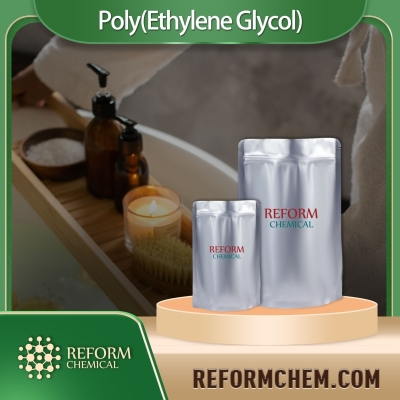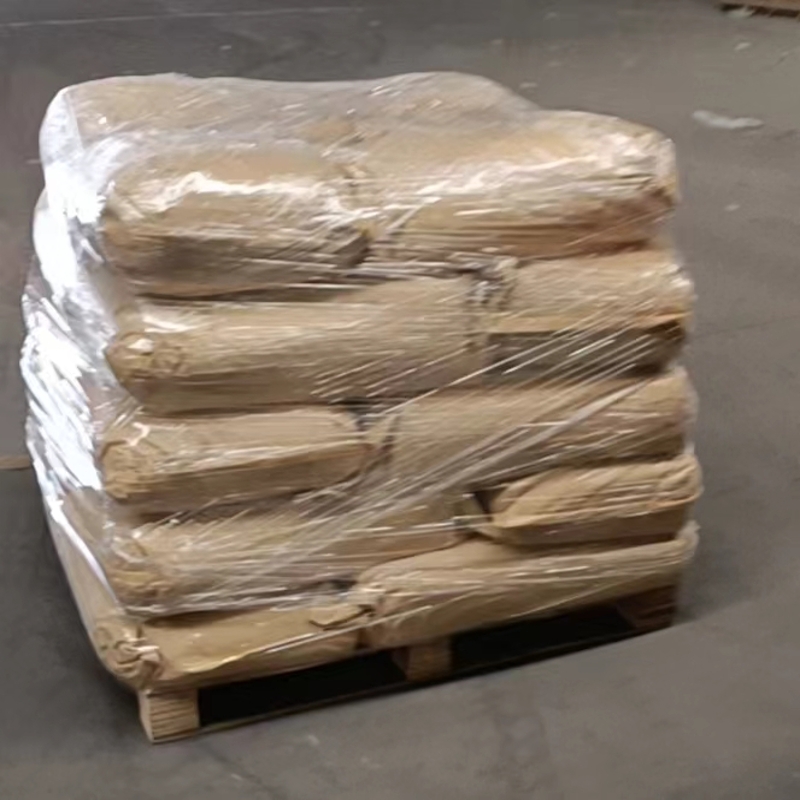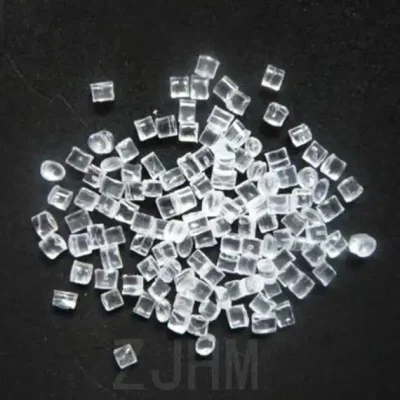-
Categories
-
Pharmaceutical Intermediates
-
Active Pharmaceutical Ingredients
-
Food Additives
- Industrial Coatings
- Agrochemicals
- Dyes and Pigments
- Surfactant
- Flavors and Fragrances
- Chemical Reagents
- Catalyst and Auxiliary
- Natural Products
- Inorganic Chemistry
-
Organic Chemistry
-
Biochemical Engineering
- Analytical Chemistry
-
Cosmetic Ingredient
- Water Treatment Chemical
-
Pharmaceutical Intermediates
Promotion
ECHEMI Mall
Wholesale
Weekly Price
Exhibition
News
-
Trade Service
4.
Warning— Isobutane is a flammable substance.
Carry out in accordance with the provisions of 2.
Take the arithmetic mean of the two parallel determination results as the determination result, and the absolute difference between the two parallel determination results shall not exceed 0.
4.
4.
Carry out according to the method specified in GB/T11141
The organic sulfur standard solution was prepared with butyl sulfide as the standard substance, and the sulfur content was about 0.
4.
The value of sulfur content c is expressed in micrograms per milliliter (ug/mL), calculated according to formula (4):
Where:
X—The value of sulfur content titrated by a microcoulometer, in micrograms (ug);
F—The value of sulfur recovery rate, expressed in %;
V—The value of the volume of the sample, in milliliters (mL)
Take the arithmetic mean of the two parallel determination results as the determination result, and the relative deviation of the two parallel determination results shall not exceed 40%
4.
4.
Using gas chromatography, under selected working conditions, make the gas in the gas phase of the sample pass through the packed chromatographic column to separate the non-condensable gas (abbreviated as NCG) and other components, and use the thermal conductivity detector (TCD) to detect, external standard Method to calculate the content of non-condensable gas
In a typical refrigerant sample, air is the only NCG with an exact amount, and other gases are not subject to daily analysis
4.
7.
2 Reagents
4.
7.
2.
1 Carrier gas: hydrogen or helium , with a volume fraction greater than 99.
5%;
4.
7.
2.
2 Nitrogen: the volume fraction is greater than 99.
5%;
4.
7.
2.
3 Standard gas: 2L nitrogen cylinder with 5MPA or 3MPx pressure, containing 1.
5% air (or nitrogen) volume fraction
.
The preparation of standard gas should meet the requirements of GB/T10627
.
4.
7.
3 Apparatus
4.
7.
3.
1 Gas chromatograph: equipped with sampling valve and thermal conductivity detector (TCD), the sensitivity of the whole machine (using benzene as the sample) should be greater than 1000mV·mL/mg: the gas phase that can meet the conditions shown in Table 3 for operation All chromatographs can be used;
4.
7.
3.
2 Chromatographic column: packed column, 2m×3mm (inner diameter) stainless steel column or other suitable materials; stationary phase is PorapackQ, particle size (0.
15~0.
18) mm, prepared according to GB/T9722;
4.
7.
3.
3 Sampler: sample injection valve (with 0.
5mL quantitative tube);
4.
7.
3.
4 Chromatographic data processor or chromatographic workstation;
4.
7.
3.
5 Sampling cylinder: same as 4.
2.
3.
4;
4.
7.
3.
6 Thermometer: (-20~50)℃, with 1℃ division
.
4.
7.
4 Chromatographic analysis conditions
Recommended chromatographic operating conditions are shown in Table 3, the typical chromatogram in Appendix B and the relative values of retention
.
Other chromatographic columns and chromatographic operating conditions that can achieve the same degree of separation can be used
.
Table 3 Recommended chromatographic operating conditions







